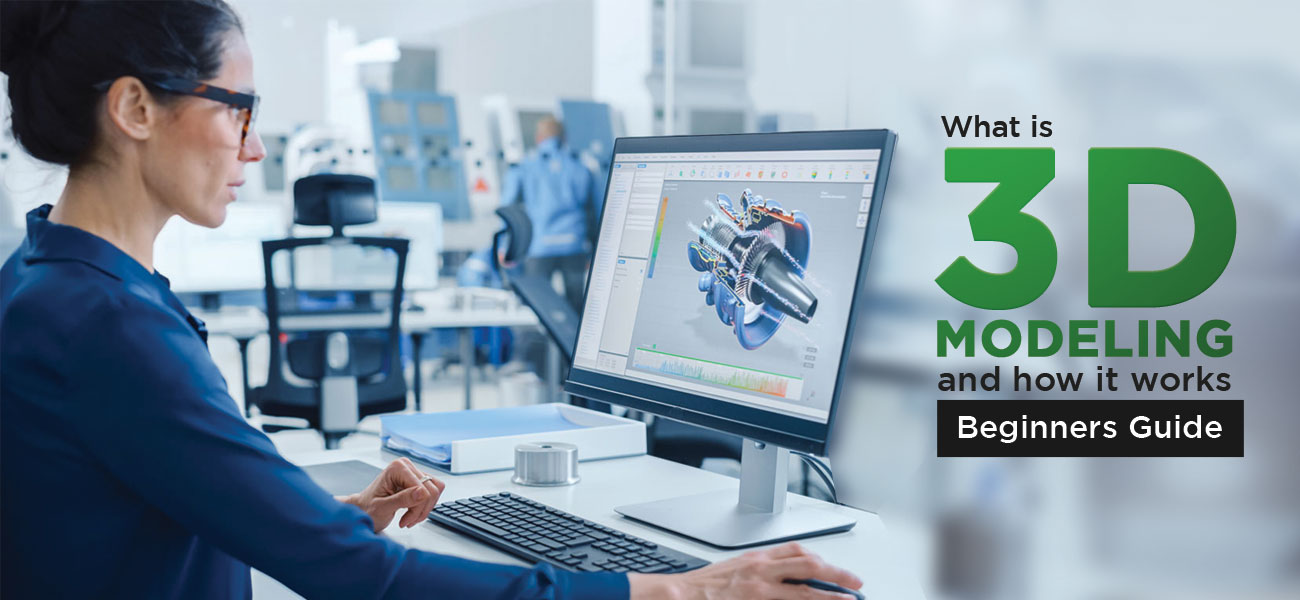
AI-powered 3D modeling tool Meshy-4, developed by startup Meshy, has been released, promising improved mesh geometry and a redesigned workflow. The tool aims to revolutionize the way designers and developers create virtual environments. Co-founder Ethan (Yuanming) Hu expressed his pride in the team’s achievements after 16 months of development.
One of the key features of Meshy-4 is its ability to produce cleaner surfaces and enhanced geometric details, addressing a common issue with AI-generated 3D models. This improvement brings the output closer to the professional standards required in industries such as game development and architectural visualization. The update also introduces a new two-stage process for generating text-to-3D models, giving users more control over the final product and paving the way for future specialized features.
Another noteworthy addition to Meshy-4 is the “Retry” option for the image-to-3D tool, allowing users to quickly generate new models if they are unsatisfied with the initial results. This feature aims to tackle the variability often observed in AI-generated content, ensuring users can achieve the desired outcome.
The launch of Meshy-4 comes at a time when there is increasing demand for 3D content, driven by advancements in virtual and augmented reality and growing interest in metaverse concepts. The ability to quickly iterate on designs using AI-powered tools like Meshy-4 could potentially speed up project timelines and reduce costs, making high-quality 3D assets more accessible to smaller studios and independent creators.
However, as AI-generated 3D models approach professional quality, there are concerns about the future of creative professions. The line between human and machine-generated art is becoming less distinct, raising questions about the value placed on traditional artistic skills in the digital age. The launch of Meshy-4 reflects the broader trend of AI’s expanding role in creative fields. As machine learning models become more sophisticated, they are producing results that rival human-created content in some areas. This shift may reshape creative sector jobs, emphasizing the importance of guiding AI tools rather than relying solely on traditional modeling techniques.
The advancements in Meshy-4 highlight the potential impact of AI-powered tools on various industries, from game development to architectural visualization. The ability to quickly generate high-quality 3D assets could transform project workflows and make immersive digital environments more accessible. However, it is essential to strike a balance between utilizing these powerful tools and maintaining the unique value of human creativity and artistic vision. As AI-assisted 3D modeling tools like Meshy-4 continue to evolve, their impact on the industry will be closely observed.

